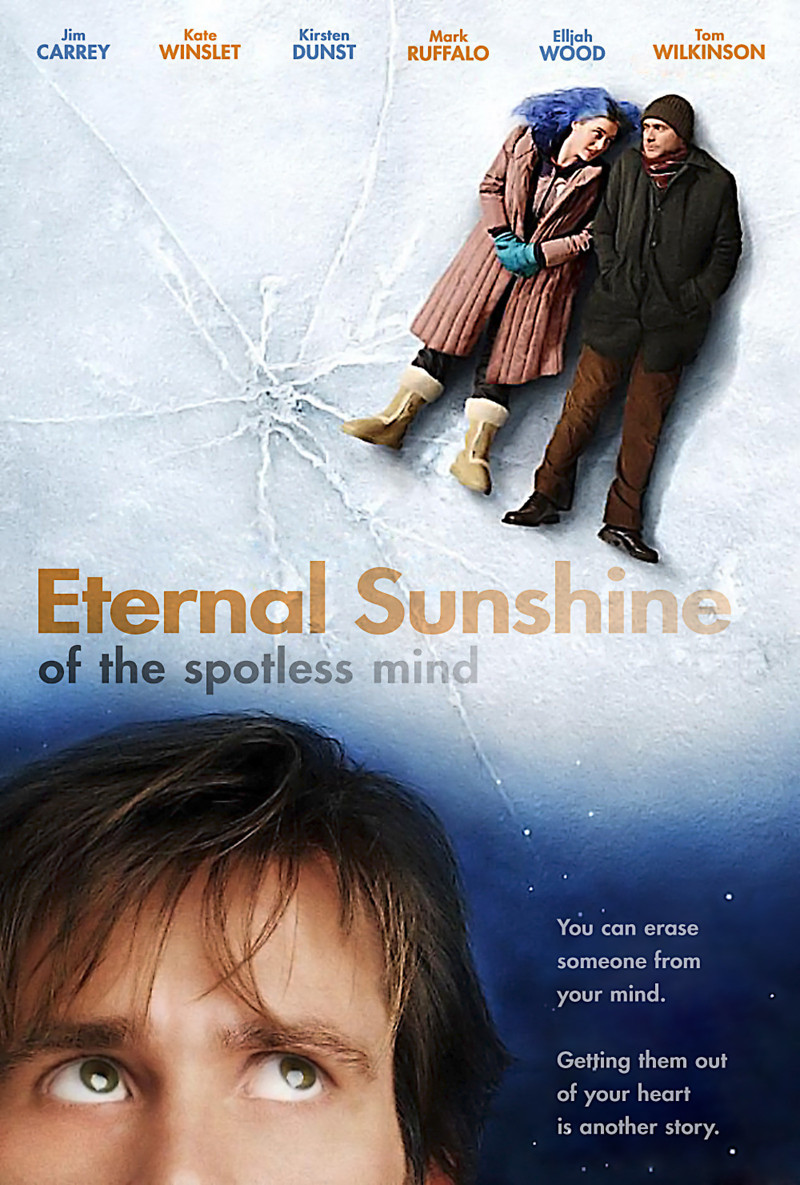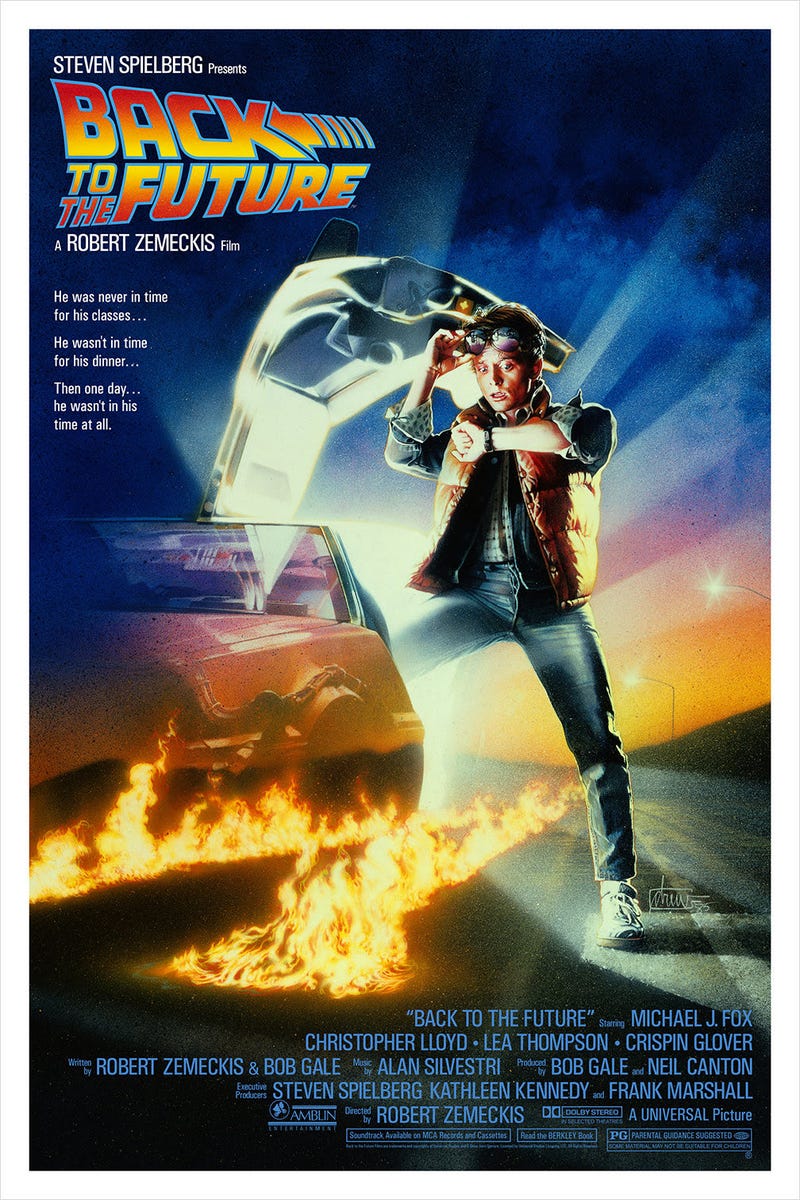
Nightcrawler – Watch this movie to understand the power of minimalism. The story here is extremely simple. A guy wants to be good at his job. Everyone’s always trying to write Citizen Kane. You need to learn to write Nightcrawler first. Give us an interesting character and an easy-to-understand story and you can write a great script.

Glengarry Glen Ross – Watch this movie for the way it uses tension to create charged dialogue. After Alec Baldwin gives his famous Always Be Closing speech, the tension in the room is palpable. That tension creates conflict between the characters, a sense of fear, a sense of urgency. All of that comes out in the interactions between the characters, resulting in great dialogue. If you’re looking to turbo-charge your dialogue, build a concept around tension.

American Beauty – Watch this movie to learn how to make characters OTHER THAN YOUR HERO rich and complex. One of the quickest ways to spot a newbie is weak supporting characters. Notice how all the characters in American Beauty have something going on underneath the surface.
Raiders of the Lost Ark – Watch this movie to learn how to write great set pieces. The fallacy behind great set pieces is that they have to be big and elaborate. Raiders proves that the opposite is true. They’re often simple and direct, like running down a tunnel with a giant boulder trailing you. Or being dragged behind a moving car. Or a showdown in the middle of town with a big baddie. One of my favorite set pieces ever is the trash compactor scene in Star Wars. That scene is four characters in a room. Simplicity is your best friend with set pieces.
Taken – For GSU (goal, stakes, urgency). As yesterday’s script taught us, you have to learn to crawl before you can fly. Learn the basics. And there’s nothing more basic than the foundation of this screenplay. Goal – find his daughter. Stakes – The loss of his daughter. Urgency – She’ll be shipped into oblivion within 48 hours.

Eternal Sunshine of the Spotless Mind – Watch this movie to learn how to create out-of-the-box concepts that allow for unique storytelling experiences. Anything that explores time and memory creates opportunities to jump around in time in interesting ways. But you never want to do this arbitrarily. You need to come up with a concept that allows for you to do so organically. Eternal Sunshine, Memento, Groundhog Day. Find the concept and these weird funky movies will write themselves.

Sideways – Watch this movie to learn how to build conflict into a relationship. Lots of movies are two-handers – two characters going on the same journey. It’s essential that you build conflict into that relationship so that the interactions between these characters stay entertaining. If you have NO CONFLICT AT ALL, I guarantee you, your characters will be boring. What I like about Sideways is it doesn’t use the on-the-nose “characters hate each other” approach to conflict, but rather the “world-view” approach. One character sees the world as a fun exciting positive place. The other as a nasty untrustworthy shithole out to get him. That worldview difference allows two friends who otherwise love each other to have lively interesting conversations throughout the movie’s running time.

Back to the Future – Watch this movie to learn how to create setups and payoffs! There are more setups and payoffs in Back to the Future than in any other film. The idea is that a big moment always lands more powerfully if it’s been set up beforehand. It’s a lot cooler to learn that the dance is going to be Marty’s savior if we already heard his mom and dad talking about that dance in the first act. Never underestimate the “Oh yeah! I remember that from earlier” factor.

Juno – Watch this movie to learn how to write a flashy likable main character. A big-personality main character is one of the easiest ways to write a memorable screenplay and can also cover for your plot if it ends up stinking. A good way to determine if you’ve written a super-memorable big personality character is if the character’s name could double as the movie’s title (Juno, Jerry Maguire, Good Will Hunting, Forrest Gump).

The Big Short – Watch this movie to learn how to spice up boring subject matter. This will be more important once you break in and start adapting material. You’ll be surprised at how dull some of the material you get pitched is. The Big Short had to figure out how to make sub-prime mortgages fun. In that respect, it’s the gold standard for how to do this right. Before anything, start by writing big memorable characters. From there, you can begin to play with form, breaking convention, that kind of thing. But as we discussed yesterday, this is a lot harder than it looks. Never make any choice to look “cool.” All choices should feel organic and right for the story.
Before you attack me for all the movies I left out, I did that for a reason. So you can tell us what your favorite “screenwriting lesson” movie is! Not to mention there are movies that are so good, they didn’t seem right for this article. How do you highlight just one lesson in Pulp Fiction, Chinatown, or The Godfather. And then there are movies, particularly ones before my time, that I don’t know as well. So I’d be doing a disservice to try and break those down from memory. Anyway, I’d love to throw a couple of new movies in the queue that I could watch with a purpose, so go ahead and share your screenwriting lesson flicks below.

